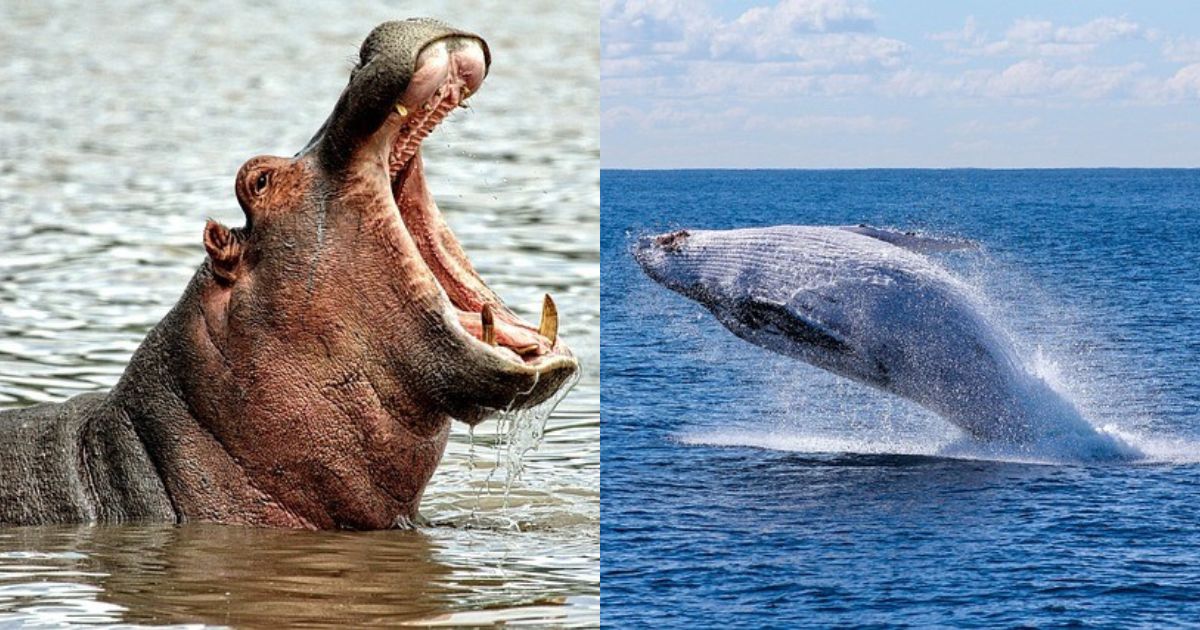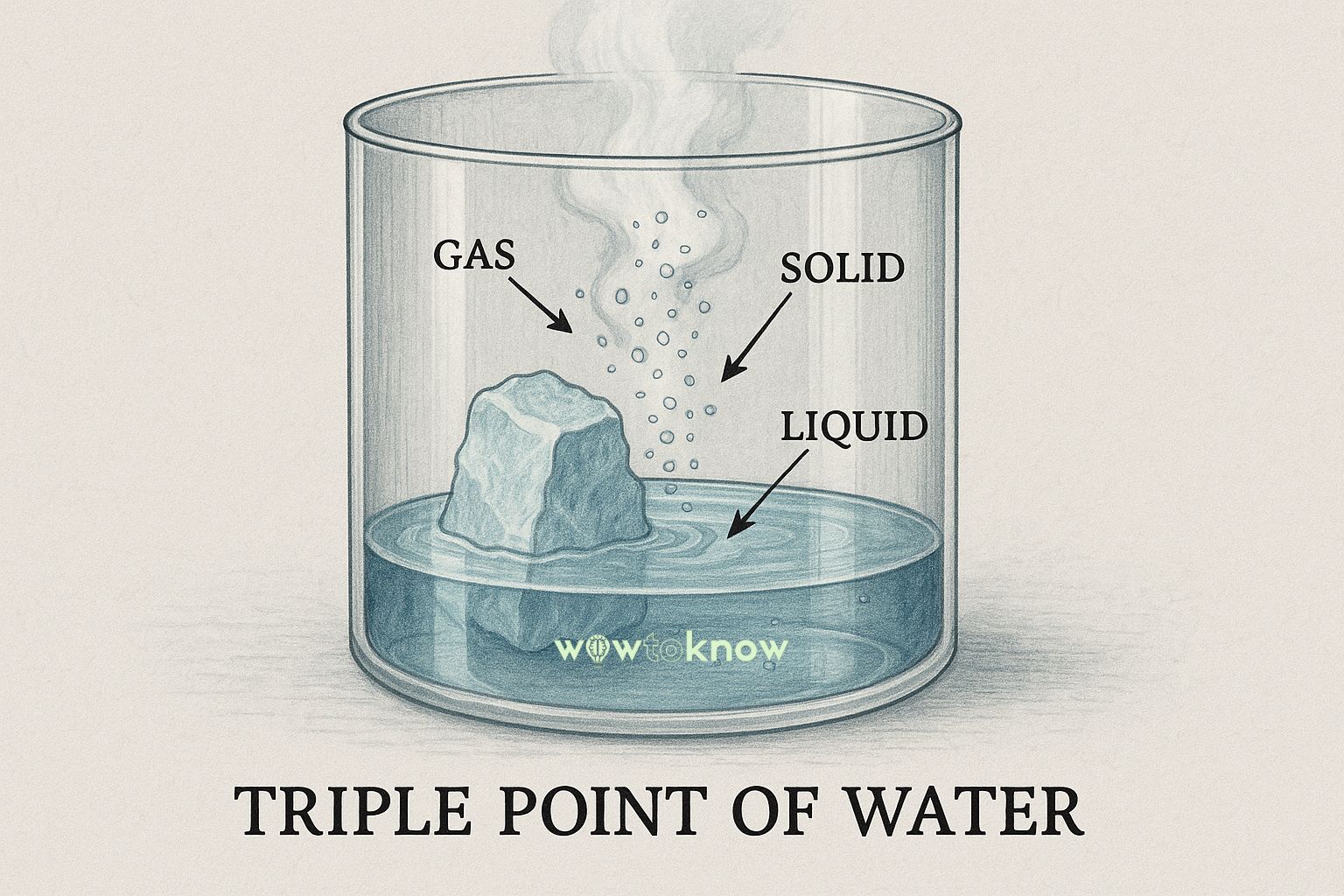Whales and hippos share the same ancestor that lived around 55 million years ago. They are the closest living cousins of each other.
Ancient Greeks believed that hippos were related to horses. Later, scientists changed hippopotamuses’ “family ties” to pigs.
Yet, fossil and DNA research over recent decades has proved that hippos are in fact related to whales. Since 1999, Hippopotamuses are placed into the Whippomorpha suborder of animals along with all living cetaceans such as whales, porpoises, and dolphins.
How Pakicetus Brought Hippos Closer to Whales
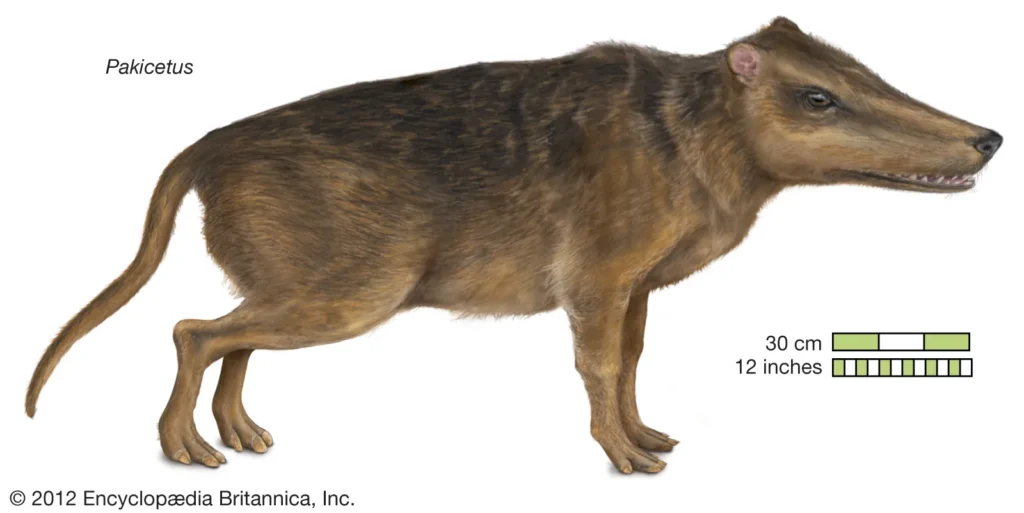
Scientists noticed similarities between the reproductive organs of hippos and whales in the waning decades of the 18th century. But they didn’t pay much attention to this discovery and believed the similarities were incidental.
The first steps towards the scientific family reunion of whales and hippos were made in the 1980s. That’s when paleontologists discovered fossils of an extinct mammal called Pakicetus in Pakistan.
Pakicetus looked nothing like a hippo or whale. It resembled a wolf and measured about 1 meter (3 ft 3 in) to 2 meters (6 ft 7 in) in length. But its skeleton contained fragments of bones typically associated with the realms of whales (Cetacea) and even-toed hoofed mammals (Artiodactyla). The latter includes such animals as pigs, giraffes, camels, and – you guessed it right – hippos.
Pakicetus’ ear bones contained the same features that allow whales to hear underwater (the involucrum and a sigmoid process). This extinct mammal also had a uniquely shaped ankle. Its double-pulley feature is only found in even-toed hoofed mammals like camels or hippos. Odd-toed hoofed mammals like horses or rhinoceros don’t have this feature.
Pakicetus helped paleontologists discover a transitional stage between land mammals and whales. It also enabled scientists to establish quite a close link between whales and hippos for the first time.
Yet, with this discovery only, hippos would have been regarded as close to whales as pigs or camels. It took scientific advancements in DNA research to confirm that hippos are the closest living relatives of whales.
The Family Reunion of Whales and Hippos
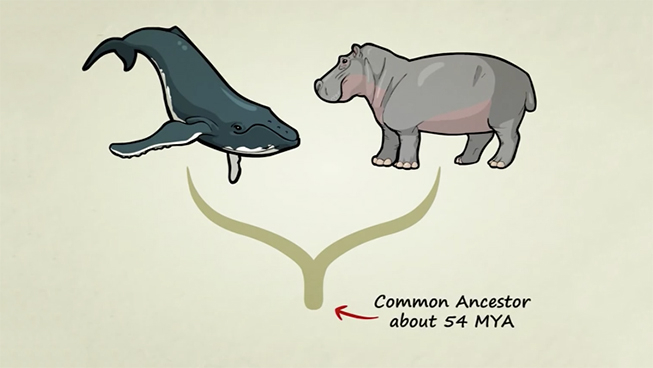
In 1999, researchers from the Tokyo Institute of Technology and the Institute of Molecular Evolutionary Genetics at Penn State leveraged a new method of DNA analysis to get to the bottom of whales’ genealogy.
They compared the gene sequences of cetaceans to various hoofed mammals by analyzing long interspersed element (LINE) and short interspersed element (SINE) insertion events.
The study confirmed that whales and dolphins indeed share a lot of DNA segments with hippos, pigs, sheep, cows, giraffes, and camels. Moreover, it discovered DNA segments shared only by whales and hippos. This indicated that they had a common ancestor that wasn’t related to other animals. This study was the first to prove that hippos and whales are each others’ closest living relatives.
Further research in the 2000s and later has formed what is now a prevalent scientific view on the origins of hippos and whales. They shared a relative, a four-leg land mammal that lived around water about 50 to 60 million years ago.
This relative evolved over time into two groups. One group turned into the early cetaceans that gradually became fully aquatic. That’s how whales came into being.
The other group stayed on land and evolved into pig-like animals known as anthracotheres. They blossomed virtually all over the world for 40 million years but eventually died out around 2.5 million years ago, leaving only the hippopotamus as their descendant.
Similarities Between Whales and Hippos
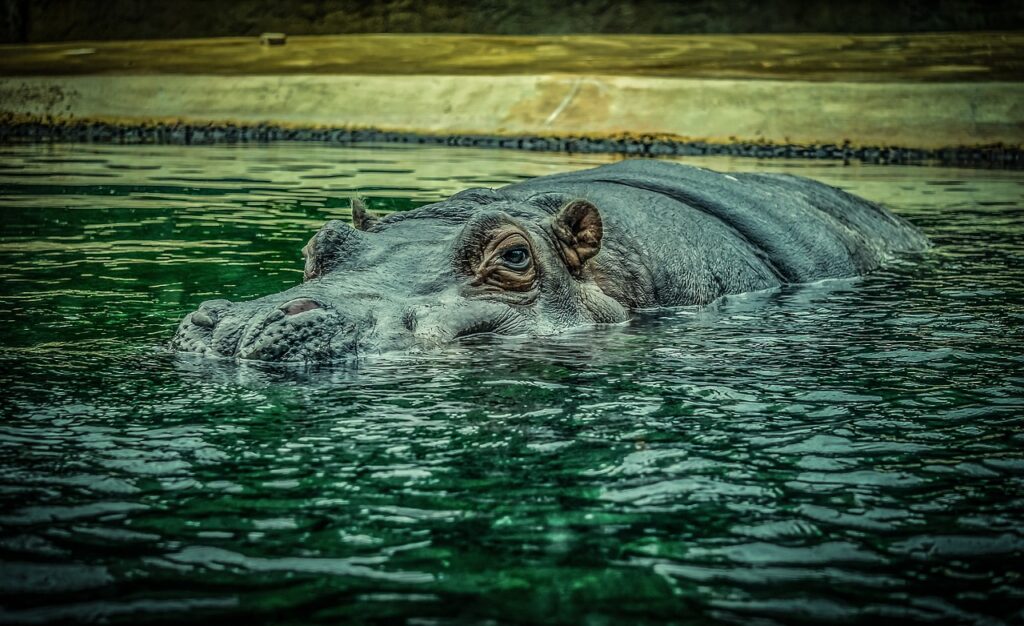
Aside from DNA segments, whales and hippopotamuses have quite a few visible common traits.
Aquatic Adaptations: Both hippos and whales have adaptations that help them live in water. Their bodies are streamlined, making it easier for them to move through the water.
Oil-Producing Skin Glands: Both hippos and whales have specialized skin glands that produce oil. This oil helps keep their skin moist and acts as a protective barrier against water.
Hairless Skin: Hippos and whales lack hair on their bodies, which is unusual for mammals. This is an adaptation to their aquatic lifestyles.
Underwater Vocalizations: Both animals use underwater vocalizations or sounds for communication. This is important for social interactions and maintaining relationships in their aquatic environments.
Sleep Challenges: Whales and hippos need to come up to the surface to breathe. For sleeping, whales use one side of their brain at a time to stay alert while resting. Hippos surface every few minutes to breathe while sleeping.
Symbiotic Relationships With Fish: Both animals enjoy smaller fish cleaning them by eating parasites.

